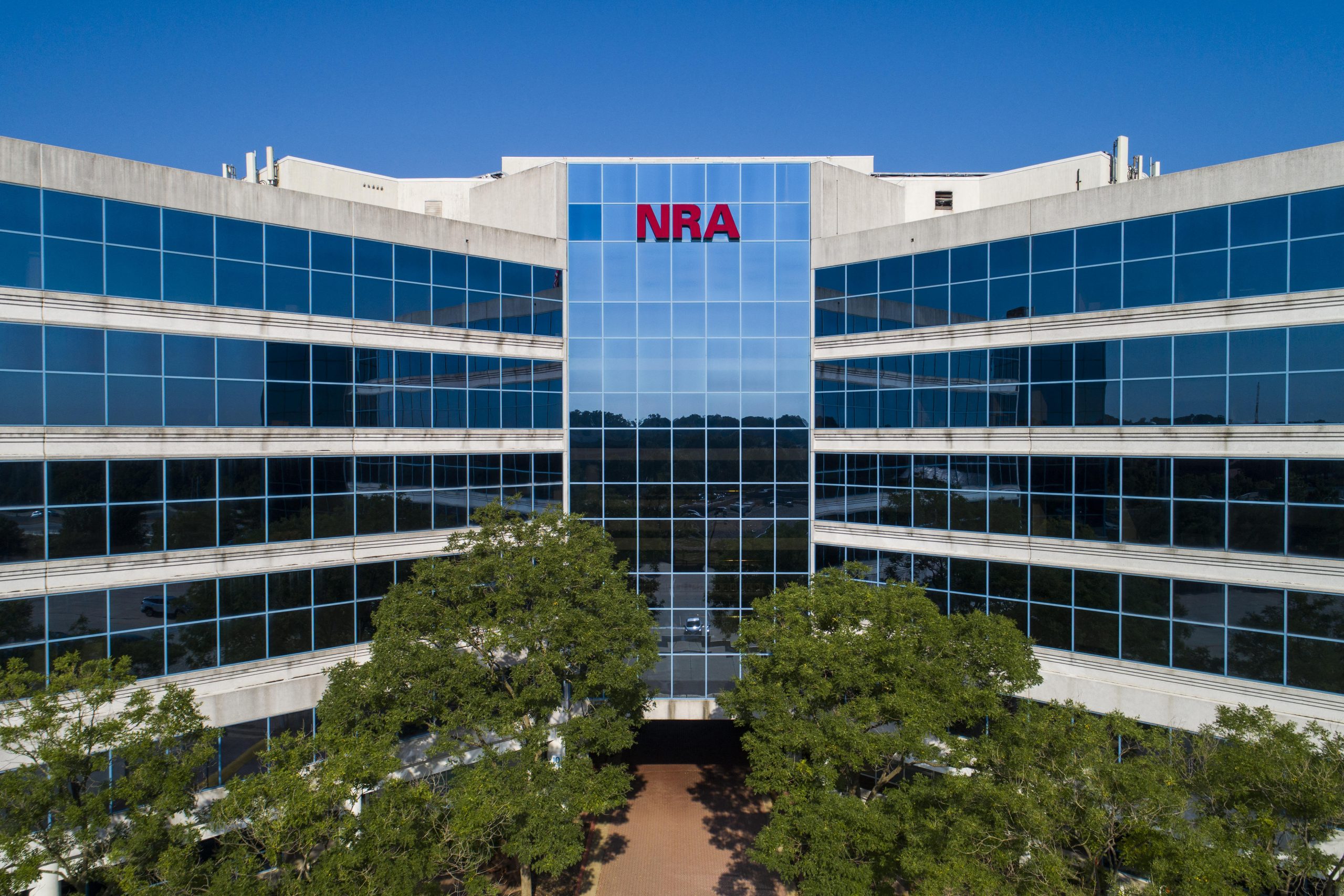What To Know Today
Secret recording reveals NRA brass reckoning with the Columbine shooting — and opting for self-preservation. The day after what was the deadliest school shooting in U.S. history, NRA officials, lobbyists, and PR strategists held hours of meetings to chart the gun group’s response and what to do about its annual convention scheduled in nearby Denver just days later. In the 2.5 hours of recordings NPR reporter Tim Mak obtained, officials discuss the potential image impact of canceling — “if we tuck tail and run, we’re going to be accepting responsibility for what happened out there” — or proceeding normally — “if you don’t appear to be deferential in honoring the dead, you end up being a tremendous s***head.” Officials also floated, but ultimately rejected, a $1-million victims compensation fund for fear of being seen as admitting responsibility for the shooting. Leaders expressed alarm over radical members: Ultimately, the NRA went ahead with a stripped-down version of the convention with no exhibit hall, despite their concerns that it would distill attendance to the most hard-line and extreme NRA members. “The people you are most likely to get in that member meeting without an exhibit hall are the nuts,” CEO Wayne LaPierre said. Other top officials referred to such members as “hillbillies,” “wackos,” and “idiots.”
Children living in areas with the highest levels of gun ownership are two times more likely to have elevated lead levels. That’s the startling finding of public health researchers at Harvard who studied the geography of firearms licenses in Massachusetts in 2017 and compared them with lead levels in the same communities. The study, published in the journal Environmental Research, adjusted for other potential lead sources like paint and water. “The way lead from firearms impacts children is layered and complex,” principal author Christian Hoover wrote on The Incidental Economist, a blog. “In basic terms, children can be exposed to lead by occupying the same space as someone who handled a weapon that used lead bullets or lead primer.” Hoover wrote that if research on a longer time horizon corroborates the findings, his team planned to launch a prevention program.
New York is the latest state to set up a government-funded gun violence research center. Governor Kathy Hochul signed a bill creating a new Firearm Violence Research Institute, which will be tasked with studying gun violence as a public-health problem on par with dangers like traffic accidents, cancer, and heart disease. A companion bill she signed creates a new state funding mechanism for the center. California, New Jersey, and Washington are among the handful of states with similar state-funded centers, filling a critical funding gap that was largely caused by the more-than-two-decade freeze on federal gun violence research.
To fight rising gun violence, Philadelphia will open evening resource centers for kids. The three locations, contracted out by the city to community organizations, are set to open next month and will provide young people with social services and a safe place to be at night. Both shootings and homicides are up overall this year compared to 2020’s already high levels, and 185 people under 18 have been shot. “We need to work creatively and on multiple fronts to reduce gun violence in our city,” said the City Council president, describing the community resources centers as “a proven tactic.” Live in Philadelphia and need help? Up The Block is our resource hub for Philadelphians affected by gun violence.
Data Point
1 percent — the share of Pennsylvania police agencies that reported officer use-of-force data to the FBI’s voluntary database in the first three months of 2021. The state had one of the worst records nationwide, with just 21 out of 1,500 total reporting jurisdictions in the state participating. [Pittsburgh Post-Gazette]

